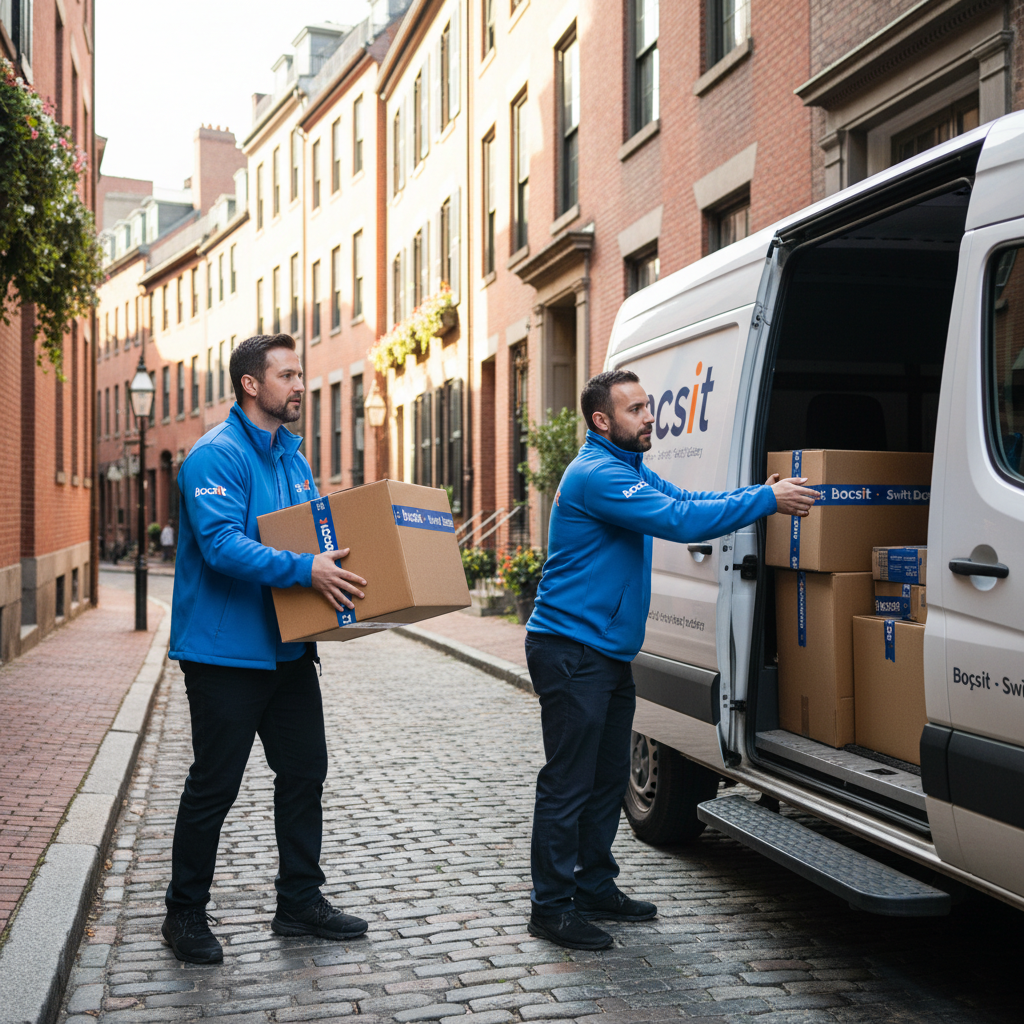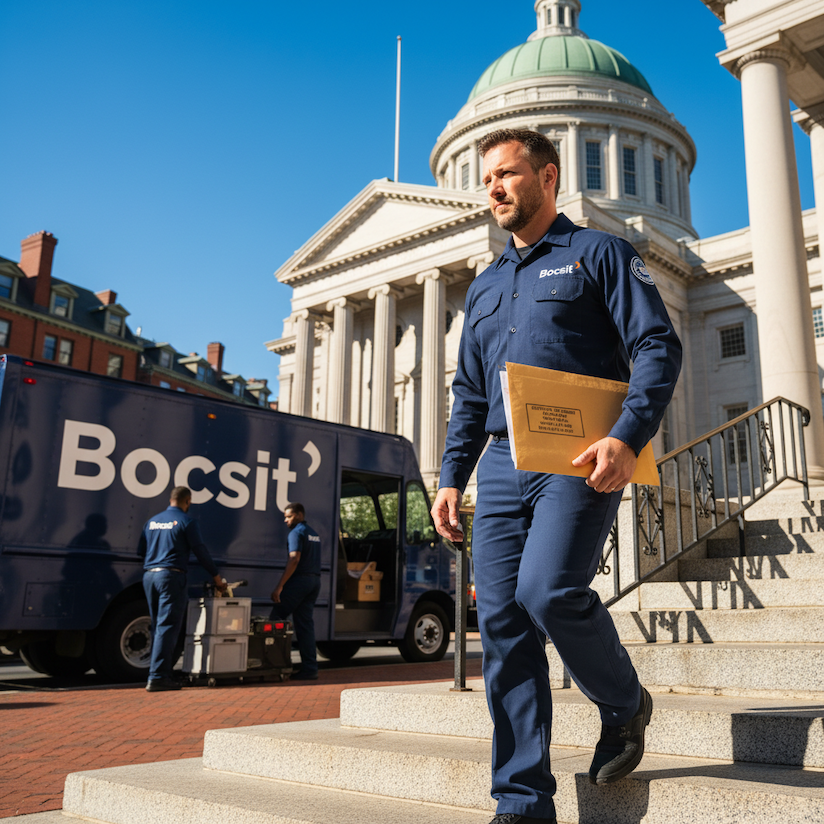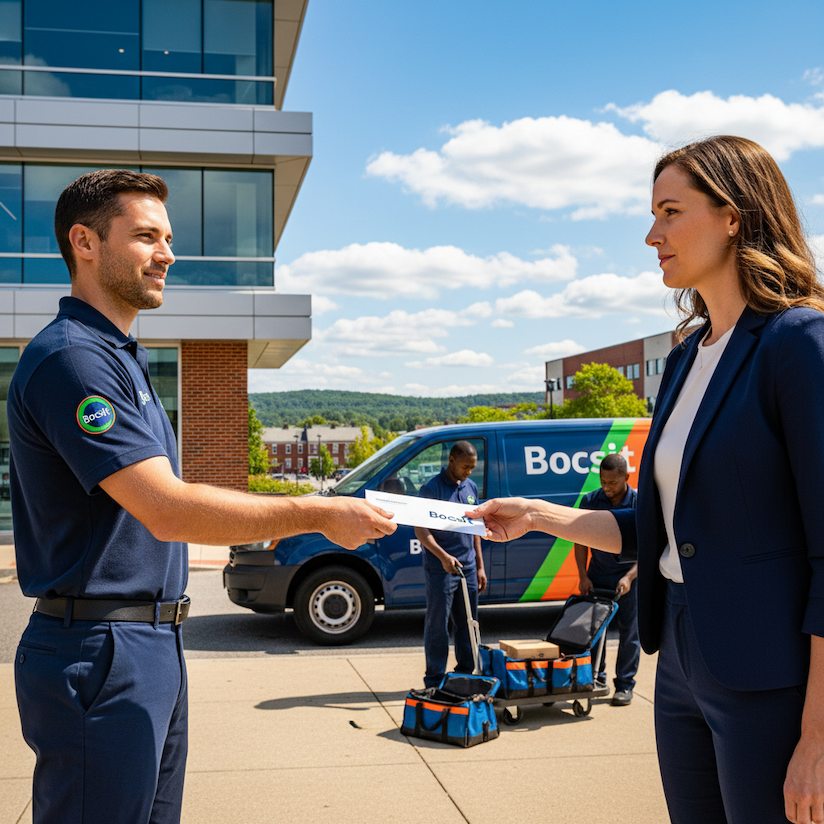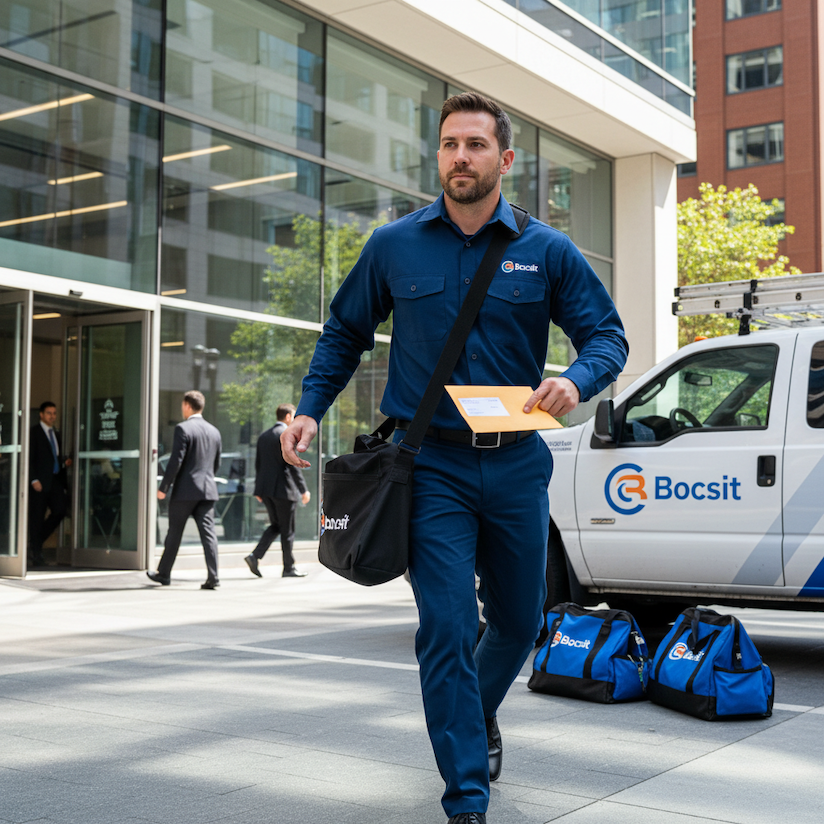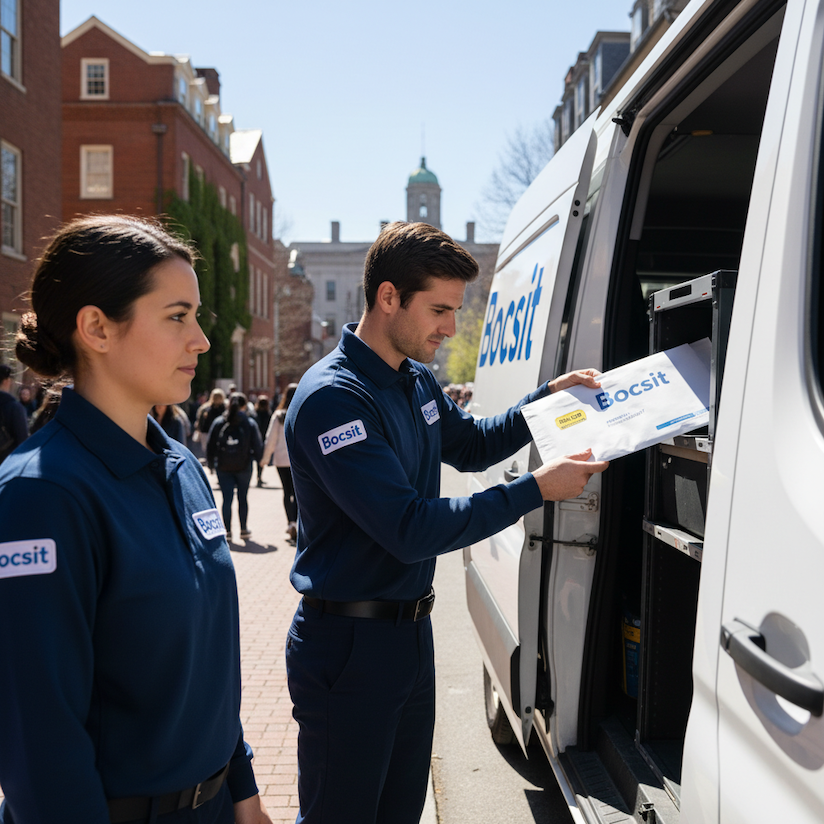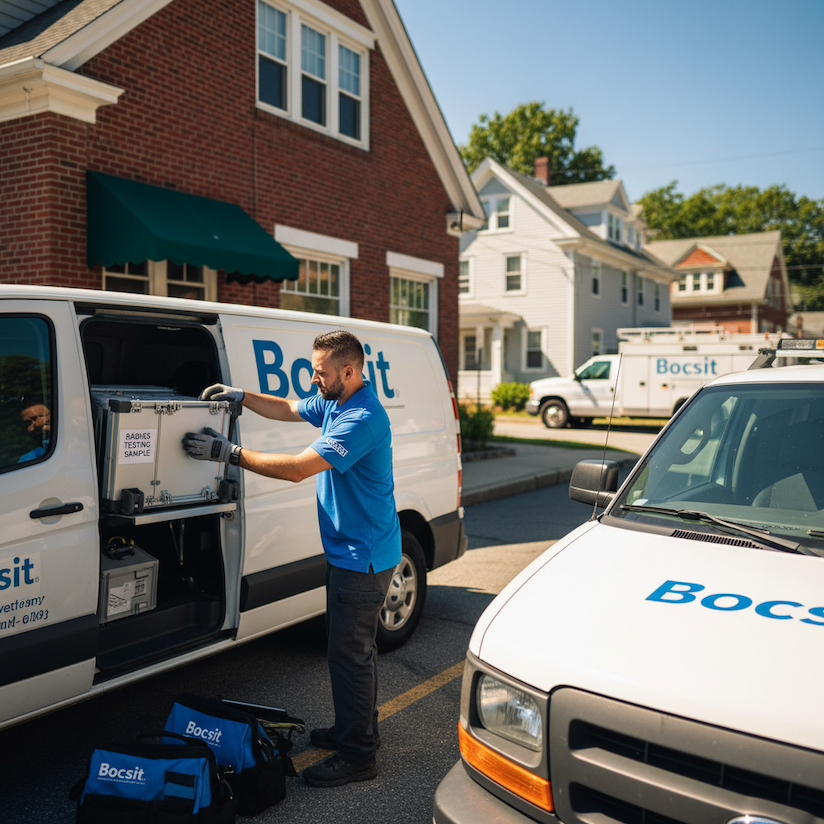Trucking Safety Regulations: A Comprehensive Guide

In the fast-paced world of logistics and transportation, ensuring the safety of drivers, cargo, and the public is paramount. Trucking safety regulations, established by various governmental agencies, play a crucial role in maintaining high safety standards within the industry. This comprehensive guide will navigate you through the key regulations, compliance strategies, and their impact on the trucking sector.
Understanding Trucking Safety Regulations
Trucking safety regulations are primarily enforced by the Department of Transportation (DOT) and the Federal Motor Carrier Safety Administration (FMCSA) in the United States. These regulations cover a wide range of areas, including vehicle maintenance, driver working hours (Hours of Service, HOS), drug and alcohol testing, cargo securement, and more.
Key Regulations to Know
- Hours of Service (HOS): These rules govern the amount of time drivers can operate their vehicles to ensure they remain well-rested and alert.
- Electronic Logging Devices (ELD): Mandated to accurately record drivers' working hours, replacing paper logs and helping enforce HOS regulations.
- Commercial Driver's License (CDL): Required for operators of heavy trucks, this license ensures drivers have undergone the necessary training and testing.
- Drug and Alcohol Testing: Regular testing is required to prevent substance abuse among commercial drivers.
- Vehicle Maintenance: Regular inspections, maintenance, and repairs are mandated to ensure vehicles are safe to operate.
The Impact of Compliance
Compliance with these regulations not only contributes to the safety of trucking operations but also impacts the bottom line of logistics companies. Non-compliance can result in hefty fines, legal consequences, and damage to a company's reputation. On the other hand, adherence to safety standards can lead to reduced accident rates, lower insurance premiums, and improved operational efficiency.
Strategies for Ensuring Compliance
- Implement Regular Training Programs: Educating drivers and maintenance staff about compliance requirements and safety practices.
- Use Technology to Your Advantage: Employing ELDs and other safety technologies to monitor compliance and enhance operational safety.
- Conduct Regular Vehicle Inspections: Establish a routine for thorough vehicle checks to identify and address potential safety issues promptly.
- Develop a Safety-First Culture: Encouraging a workplace environment where safety is prioritized above all else.
Navigating Changes in Regulations
Trucking safety regulations are subject to change as new safety data emerges and technologies evolve. Staying informed about current and upcoming regulations is crucial for maintaining compliance. Subscribing to industry publications, attending relevant workshops and seminars, and joining professional associations can help companies stay ahead of regulatory changes.
Trucking safety regulations are a foundational aspect of the logistics and transportation industry, designed to protect everyone on the road. While navigating these regulations can be challenging, understanding their scope, the rationale behind them, and strategies for compliance can significantly enhance the safety and efficiency of trucking operations. By embracing a proactive approach to safety and compliance, trucking companies can not only meet regulatory requirements but also contribute to a safer, more reliable transportation system.


